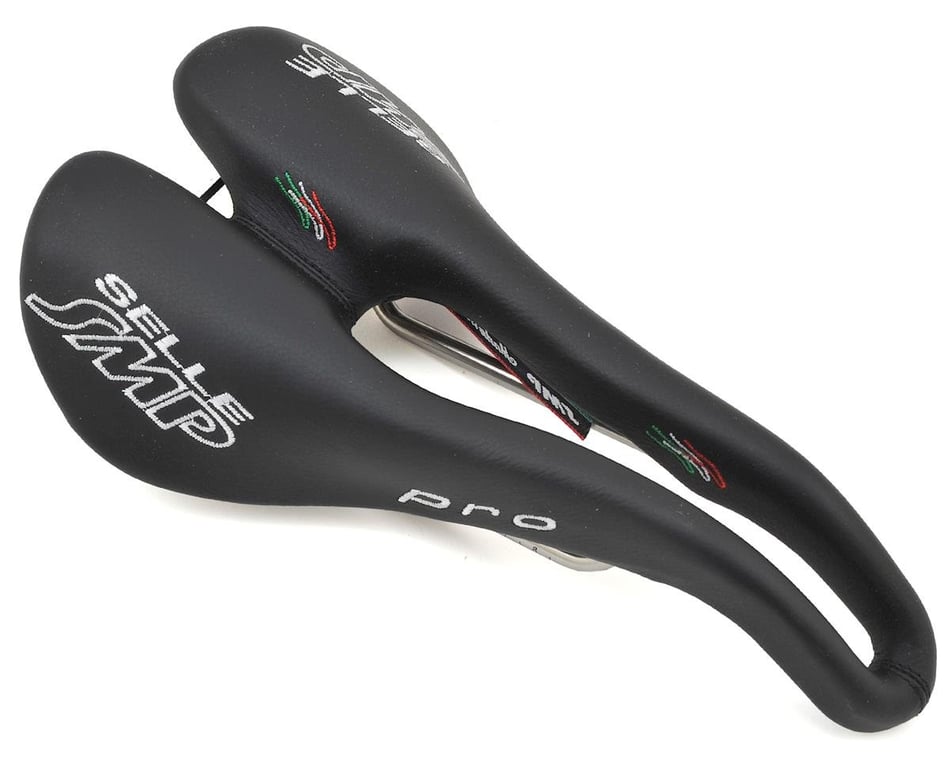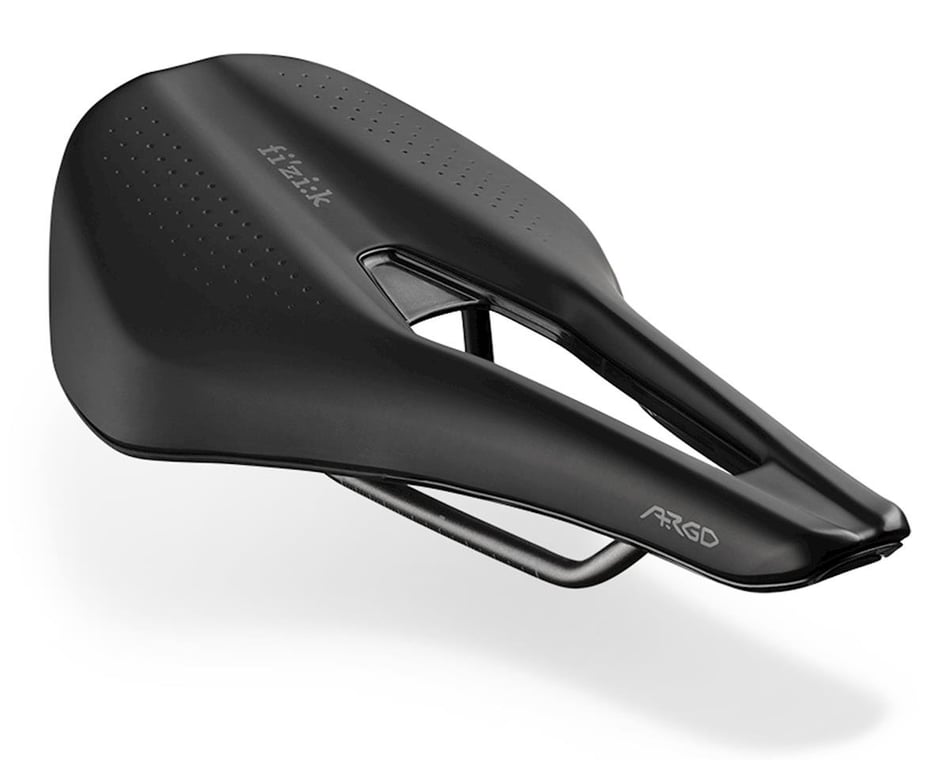How To Choose A Saddle

A bike's seat, called a "saddle," is its most personalized component. A properly fitted saddle will painlessly lift you up, conform to your backside, and assist your movement. If your rides normally feature back pain or backside soreness, read on to learn how riding style, anatomy, aesthetics, and materials affect your saddle choice, and how to select a saddle specific to your needs.
Riding style
Your riding position determines your pelvis rotation and the angle between your sit bones and your bike's bottom bracket. The more aggressive your riding position, the more your pelvis must rotate anteriorly to maintain a neutral spine. As a result, the shape of your body's interface with your saddle is affected by the kind of riding you do. Manufacturers' saddle designs reflect different riding styles, and you should seek to match an appropriate saddle to your style.
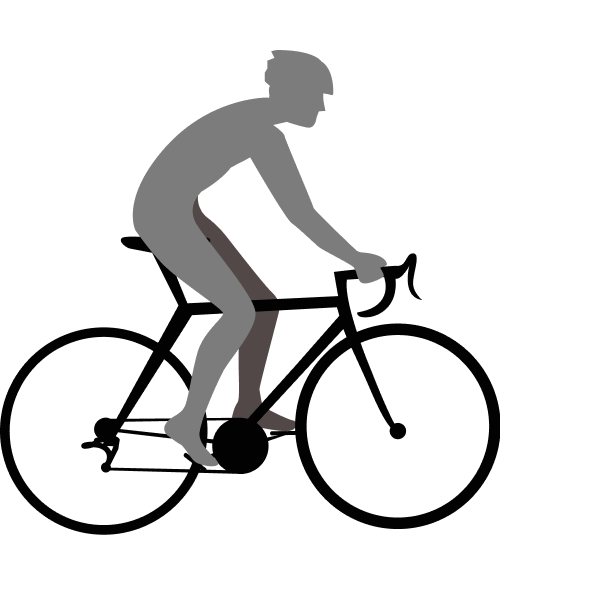
Do you ride upright, at a relaxed pace, with most of your body's weight supported by your saddle? Try a wider recreational saddle with plush padding and a shorter nose.
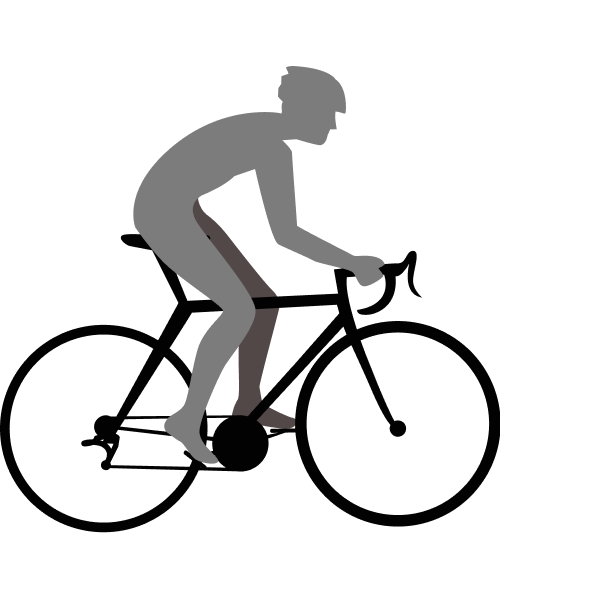
Do you ride at a more spirited pace, frequently standing on your pedals or leaning over your bars for better leverage on the pedals? Try a saddle that is longer, narrower, and sleeker for streamlined power transfer.
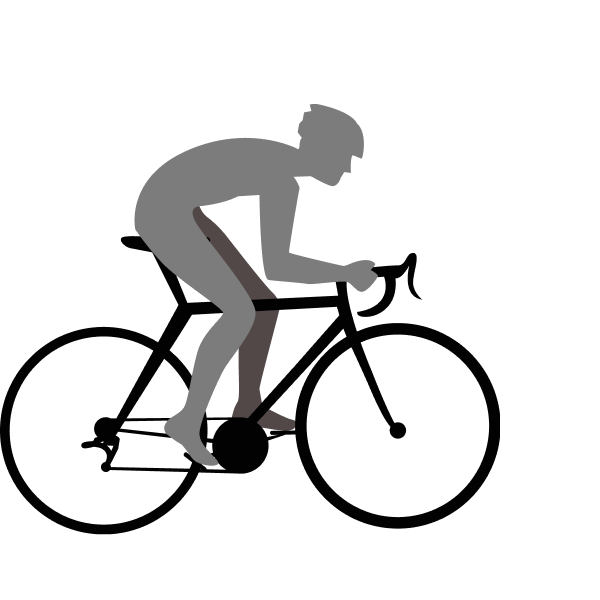
Do you ride in an aggressive, aerodynamic position with your hands on the hoods or drops of road bars? There is a new breed of saddle just for you, combining a sleek profile with a short nose and wider seat area.
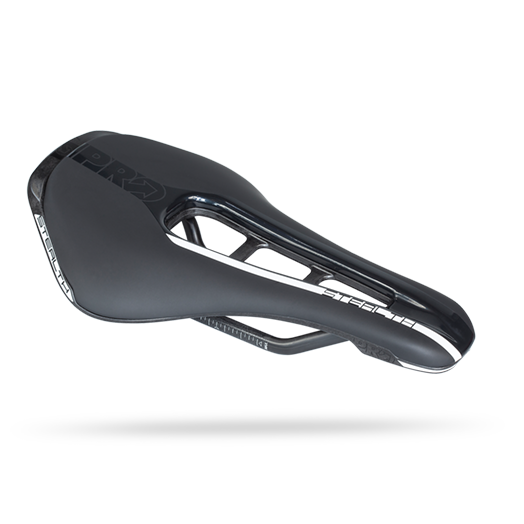
Anatomy and Mechanics
Many modern bike saddles are shaped to protect an area between your sit bones known as the perineum. These saddles have either a depression or a cut-out down their centers to relieve pressure on the perineum and provide air circulation in sensitive areas. These features can be crucial for riders of all genders seeking comfort on long rides or tours. They can eliminate uncomfortable numbing, tingling, and other symptoms of poor blood flow in the perineum. And, when a rider rotates into a more aggressive or aero position, a cut-out allows for soft-tissue movement during pelvic rotation.
Width
Often, saddle models come in two or three widths. As with your saddle's shape and profile, its width is determined by your anatomy. Usually, you want your saddle's width to be proportional to the distance between your sit bones. Because both sit bones need to fit evenly on your saddle's platform, wider sit bones translate to a wider saddle. You will need to select a saddle that is wider than the distance between your sit bones, but not so wide that your inner thighs uncomfortably rub against its nose.
Cushioning
100 years ago, saddles were universally made of a single layer of leather. Nowadays, synthetic construction allows saddle manufacturers to strategically place padding in sensitive areas. While leather saddles are still popular with some riders used to their break-in period, there are plenty of high-performance, off-the-shelf padded options to fit your needs. These saddles come with either gel or foam padding. Because saddles with gel padding mold to your body, they often provide supreme comfort. However, since gel padding compacts after a relatively short amount of time, many riders whose rides span multiple hours prefer foam padding. Foam provides a pliable feel while springing back to its original shape, which translates to comfortable support for heavier riders or for anyone who likes to pile on the miles.
Although many recreational saddles come with significant padding, most modern performance saddles are meant to be paired with a pad sewn into your pants or shorts, called a "chamois" (pronounced sham-ee). Chamois have their own unique characteristics, so be sure to check out
Performance's Chamois options here.
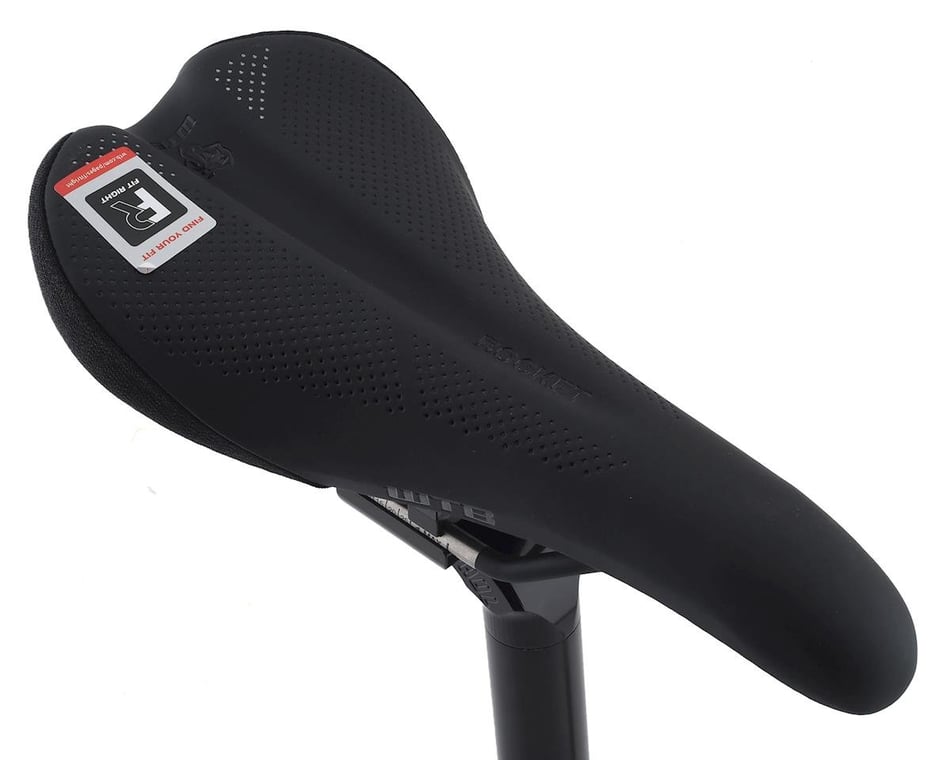
Materials
Saddles are made of synthetic and natural materials. Most saddles are wholly synthetic; their covers and padding are made of lightweight, performance materials to keep you cool during hot rides, and they will stand up to all weather conditions. Their rails are made of metal alloys, with some high-performance options equipped with carbon fiber rails.
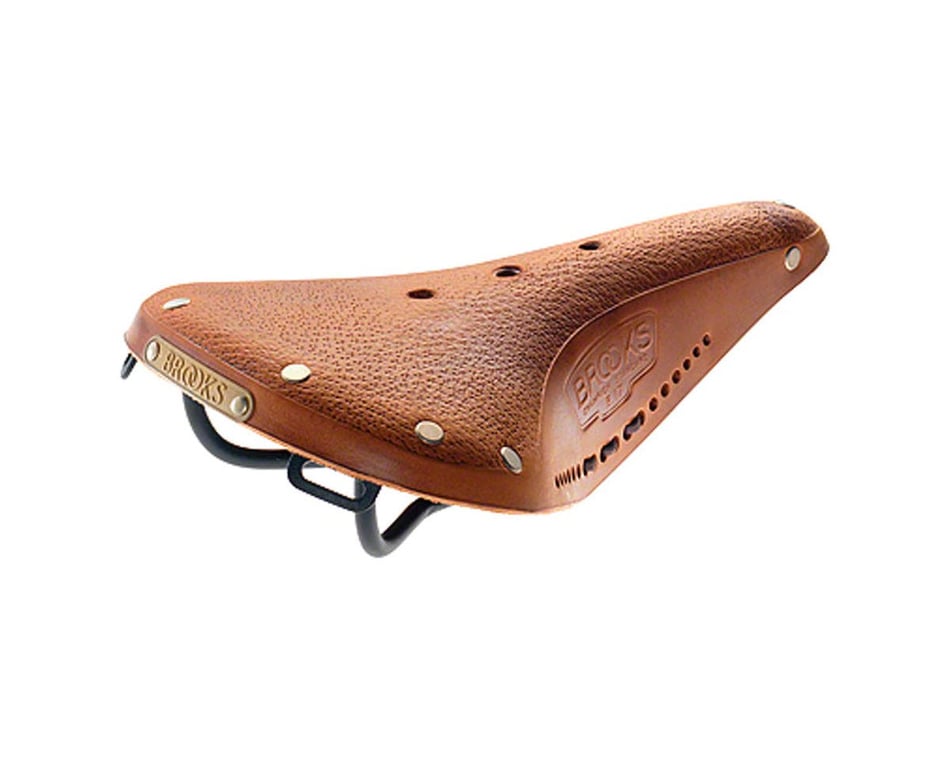
Other saddles are made of natural materials like leather or cotton suspended over a lightweight alloy frame. Although they must be waterproofed after purchase and typically have no padding, they will mold to your weight and shape after a few hundred miles of use, and their retro aesthetic evokes the 20th-century bike boom.
Fit
The final step in saddle choice concerns its installation. Your saddle's fore/aft position and nose angle play crucial roles in your comfort, performance, and biomechanics. Since your body is unique, and your comfort is personal, you will need to experiment to find your ideal saddle positions. Ideally you will determine saddle installation with a bike fit professional, but you can check out Performance's Bike Fit Tips to get you started!


